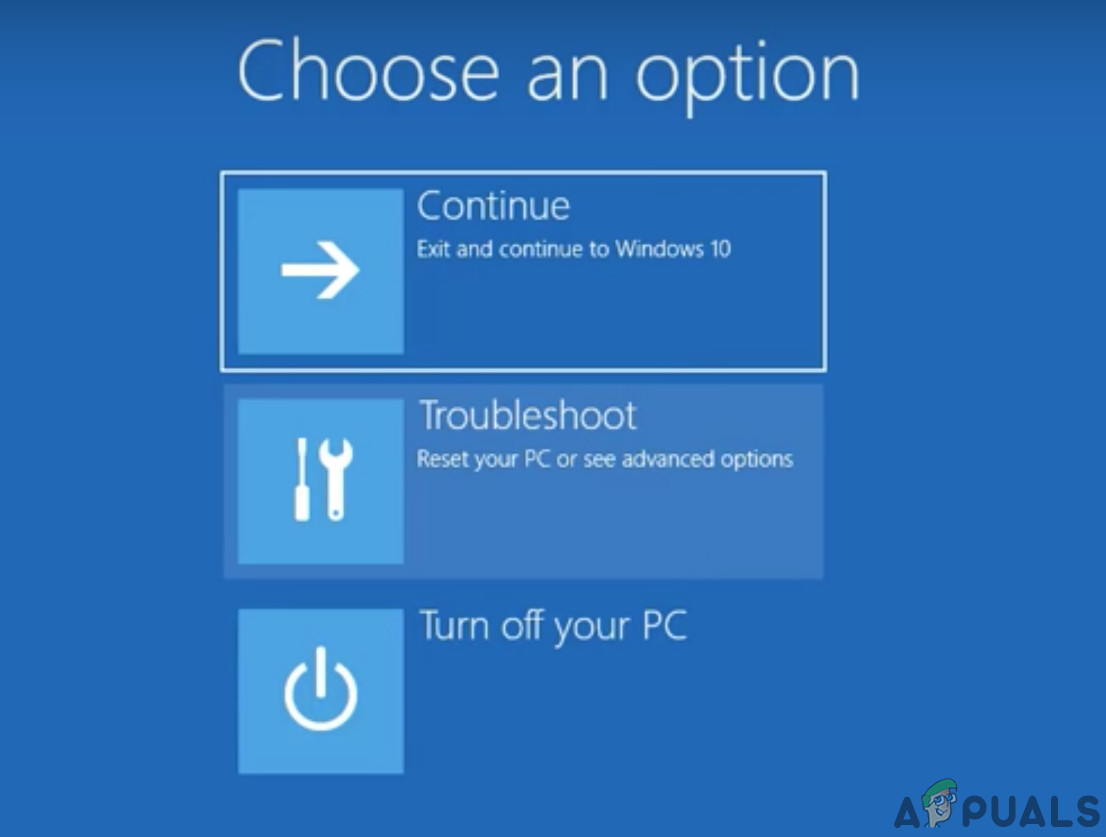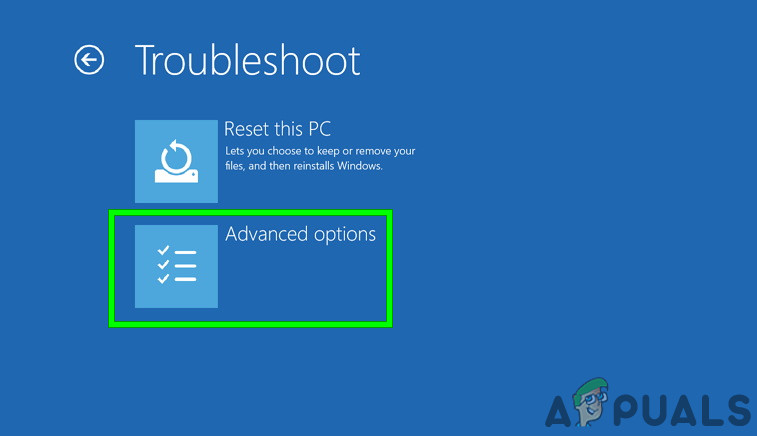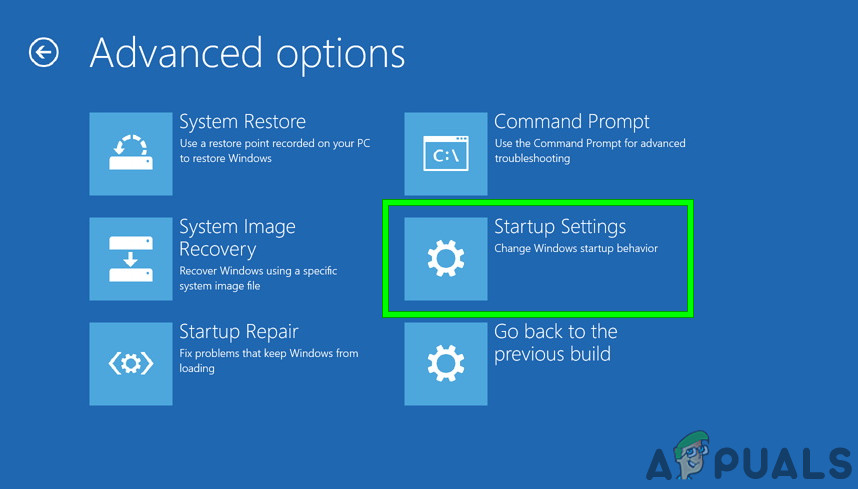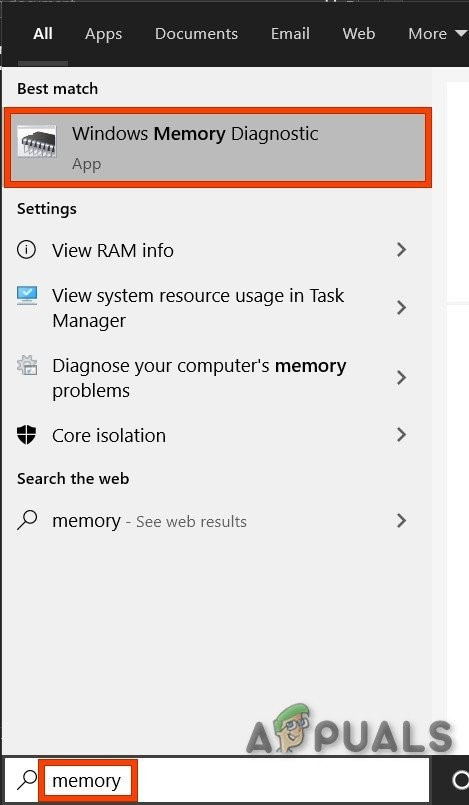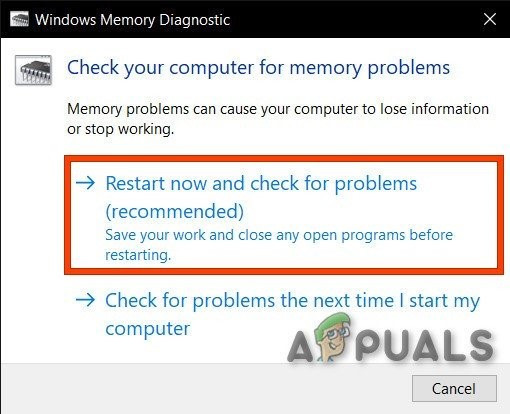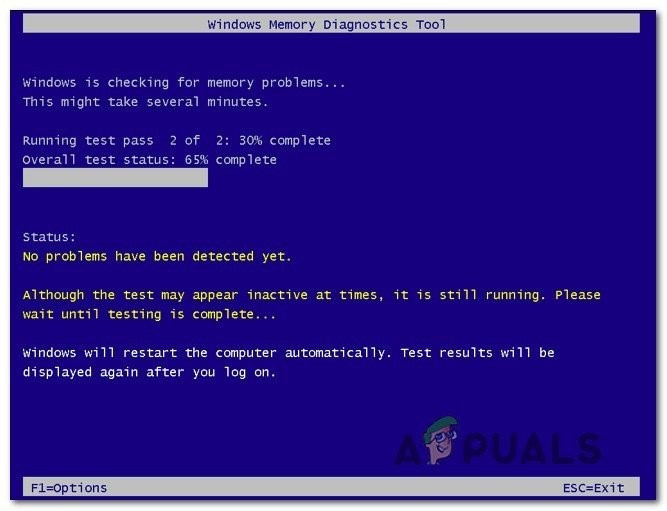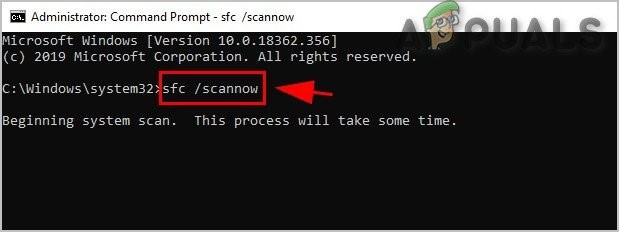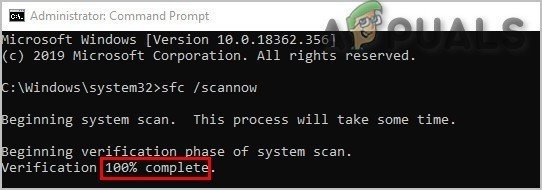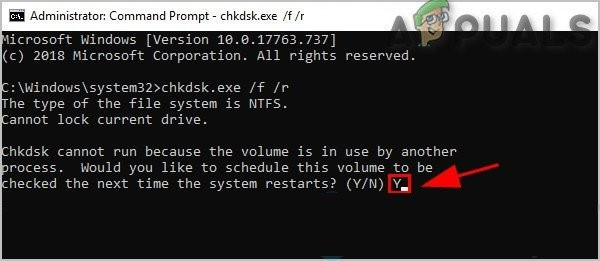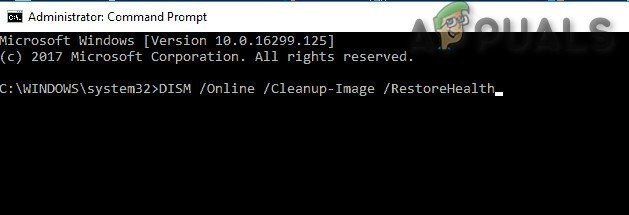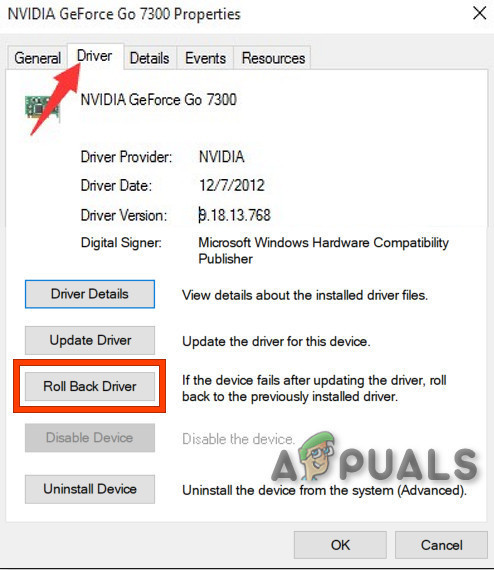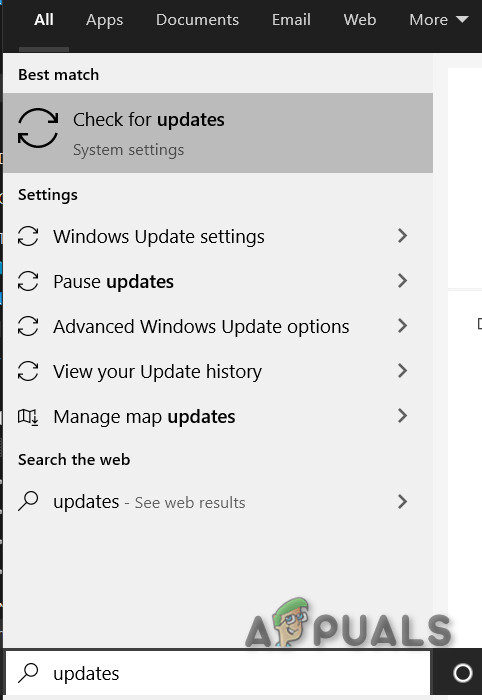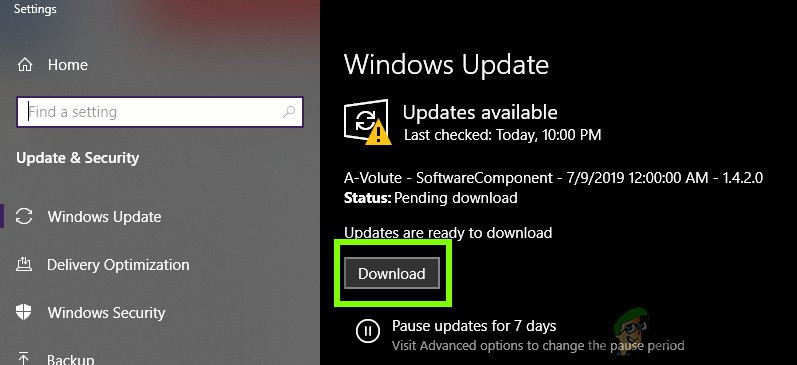Sometimes the system throws this error with stop code, e.g. 0x000000EA or with more descriptive one e.g.Volsnap.sys Blue Screen Error, which points to a specific file. BSOD error usually occurs to avoid severe damage to the system. They are many different causes for the occurrence of the BSOD errors but most common are RAM or Hard Disk issues, incompatible firmware, corrupt drivers or malware infection, etc. The Blue screen of death errors can be solved in many ways. But before moving on, you should Also, when this issue rises, some users can boot in the system and use the system for troubleshooting but some users cannot even boot in the system. If you cannot boot normally in the system then troubleshooting OS is not possible for a common user. In that case, the user should boot into the system using safe mode with networking, which is now a part of Automatic Repair Mode of Windows 10.
Solution 1: Try Windows Automatic Repair & Enable Safe Mode
In Safe Mode, the PC starts with a minimum set of drivers, services & Software. Usually, when Windows does not start in normal mode, Safe Mode can start without any problem. It will be quite helpful in troubleshooting the system and diagnose the problematic modules. To use Safe Mode in Windows 10, you should get into “Automatic Repair Mode” which is available when the system fails to boot three times. When Windows doesn’t boot correctly, this Repair Mode screen pops up & Windows will attempt to fix the problem automatically. To turn on the “Automatic repair mode”, boot the system and press the reset button to perform a Hard Shut Down when you view the windows logo and repeat it three times which will then enable the Automatic Repair Mode. On the 3rd start, you will be taken into the Automatic repair mode and then to the Recovery Environment where you can access Safe Mode, System Repair, Command Prompt etc. Now, as you are in safe mode backup your essential data to someplace safe. Also, create a restore point. For detailed instructions on creating a restore point, visit our article on How to Create a System Restore Point. Keep in mind that if you cannot access the installed OS, then you should use installation media to perform the above steps. To create installation media and boot from it, please consult our article on How to Clean Install Windows 10. Remember that you will need BitLocker Key in safe mode if you’ve encrypted your device. After creating the restore point and backing up your essential data, move to the next solutions.
Solution 2: Perform System Restore
Microsoft System Restore is designed to create a snapshot of the device & save the working state at that point as a “restore point”. A restore point is then used in reverting the system to an earlier point of time when everything was working fine. So, reverting the system to a previous time when your system was clear of the Blue Screen Error can solve the problem. You can use any of the restore points but restoring to the latest restore point is recommended. For how to restore the system please visit our article on How to Use System Restore. After the system is restored and you are still facing the problem, proceed to the next solution.
Solution 3: Disable Anti-Virus and Firewall
Sometimes your security software can catch a system’s service as a false positive for being malware. So, it is always a good idea to temporarily disable the Anti-Virus and Security software while troubleshooting BSOD errors. You firstly should disable such software and if the problem is solved then you should either create an exception for the service if known to you or otherwise replace the Anti-Virus. For complete details on how to turn off/temporarily disable the Anti-Virus please check our article on How to Turn off Your Anti-Virus. Also, you can disable the Firewall by following guidelines given in our article How to Turn Off Firewall. After disabling the Anti-Virus/Firewall check if the problem is solved and if you are still experiencing the blue screen after intervals, you can re-enable the Anti-Virus and proceed to the next solutions. Although it is okay to re-enable the Anti-virus software at this stage, we still recommend to keep it disabled during the rest of the troubleshooting process.
Solution 4: Check RAM for Errors
RAM is typically used to store working data and machine code. If the RAM is experiencing problems then the system can throw the Blue Screen Error. Windows has a built-in RAM testing utility known as Memory Diagnostic Tool. This tool checks and automatically fixes any memory-related issues. So, using the Memory Diagnostic tool can resolve the Blue Screen Error. Follow the steps below to run it: If no problems have been found and you are still encountering the Blue Screen Error, try the next solution.
Solution 5: Run SFC, CHKDSK, DISM Commands
The missing/corrupted/damaged system files or hard drives can cause Blue Screen Error. There is a built-in System File Checker (SFC) that can check and repair any problematic files, using the SFC tool to fix missing or corrupt system files may solve the problem. Also, CHKDSK is a built-in Windows tool that verifies the file system integrity of a volume and will fix logical file system errors. So, running the CHKDSK tool may help solve the issue & fix it. Moreover, Deployment Image Servicing and Management (DISM)is a tool that is used to scan and resolve issues of corrupted system files as well, and thus DISM can fix the Blue Screen Error if anything was missed by SFC and Chkdsk scan. We usually recommend users run the DISM command after they are done with the SFC and CHKDSK scan. Firstly, we will run the SFC command and if that does not solve the problem, we will run the chkdsk command and then DISM command. With the path of your DVD or USB. After the execution of the DISM command, reboot system normally and see if the problem is solved. If not, move to the next solution. Note: If you cannot log into the OS, use the command prompt in the recovery environment of Windows.
Solution 6: Uninstall Conflicting Update
If the problem started to happen right after a particular update, then uninstalling that particular update can solve the problem. Windows is notorious for releasing unstable updates to the computer and then releasing a fix later on. We also came across some instances where a specific update was clashing with some applications/programs in the computer causing it to crash and displaying the Blue Screen of Death. To uninstall an update on your Windows, follow our article on How to Uninstall a Windows Update. After uninstalling if you are still facing the Blue Screen Error, proceed to the next solution.
Solution 7: Rollback the Faulty Device driver
If the Blue Screen Error started to occur right after you updated your drivers, then rolling back that driver to its previous version may solve the problem. For this purpose, we can also use the built-in Windows utility to rollback faulty drivers. Now after rolling back the driver see if the problem of Blue Screen Error is solved if not try the next solution.
Solution 8: Update Windows to the Latest Build
Many BSOD error messages that are encountered can be contributed to an outdated Windows Operating System. Checking Windows for updates can be a way to fix the issue of the Blue Screen Error. Even if Windows offer an optional update, install it. If Windows Update failed to resolve the problem, please try the next solution.
Solution 9: Update Device Drivers
A missing/outdated/corrupted device driver is usually the most suspected to create a BSOD error in the system. This faulty driver cannot communicate properly between the device and the system’s kernel, which will result in the BSOD error. To avoid this, you must keep your system’s drivers updated and it is an excellent practice to update your system’s drivers as soon as an update is available. So, to make sure that is not the case, let us update the device drivers of your system to the latest version. Hopefully, the BSOD Error is solved, and you can use the system without any problem.
Most Common Android Optimization Myths DebunkedFortnite Error ’errors.com.epicgames.common.server_error’How to Fix Common Audio Interface Issues in Windows 10FIX: Windows Shell Common DLL has stopped working



